Dear Tesla Motors:
My family lives in a mountainous region of BC, Canada called the Kootenays. The venerable Subaru is kind of the unofficial car of our region for a number of good reasons. We in fact own a 2011 Forester as our 2nd car for all the journeys that our electric Nissan Leaf cannot do. It has a good AWD system, decent ground clearance, and can traverse any gravel road we encounter on our way to remote lakes and mountain hikes. In the winter, the AWD and clearance makes the drive to the ski hill a non-event. And, for a small SUV, it gets decent gas mileage. However, after driving an EV for a few years, driving the Forester feels archaic.
We would love to replace our Forester with a Model Y in the next few years, and while on a recent road-trip in our Forester, we thought up a list of features we would like to see in your next take on an SUV.
(For blog readers unaware, Tesla will be making a SUV/CUV vehicle after the Model 3, and it will be based on the same platform and called the Model Y; similar to how the X is based on the S platform.)
Driving Abilities
To ensure the Model Y fits the SUV badging, it should have a few key features:
- Approach/departure/ramp angles that equal the Forester (25/25/21) (the Model X is 18.8/21 in long travel mode)
- Ground clearance of 8″ (at speeds up to 90 km/h if it is adjustable suspension); a nice to have would be 10″ at low speeds
- Turning radius of about 11 m
- Dual motor (of course!), but with limited slip or something similar on the rear axle
- Good low-speed modulation on the accelerator pedal; none of this “breathe on the pedal and zoom off” feeling that many cars have now – I want the option to have a linear pedal feel, much like my Leaf in Eco mode. This allows for much more control in limited grip situations, or low speed navigation of obstacles.
- Ability to have strong regen at slow speeds to assist with going down mountain roads – the Leaf barely has any regen below 30 km/h, which has me riding the brakes fairly often on our steep roads around Nelson
- 0 – 60 mph time… not that important. 6 seconds is plenty, along with decent passing performance. We aren’t buying this car to drag race, but I do like the quick off the line aspect of EVs.
Our Forester has taken us to so many places – we used to own a 90’s Nissan Pathfinder, and while that vehicle was obviously more capable, we determined that the Forester could take us all the places that we wanted to go, and if it was somewhere that needed the Pathfinder (e.g. deep deactivations, fording a river), we probably shouldn’t be driving a car anyways!
- The view of Kootenay Lake from the top of Mt Buchanan (at the fire lookout), brought to you by an SUV with a bit of clearance and AWD
- Some clearance and AWD made it no problem getting back through this mudslide after riding Fish Lake
- We would still be here if our Subie hadn’t been able to get back through the mudslide
- Way off the beaten path of Highway 97
- 8″ of clearance is plenty for most side-country roads
- This view of Murtle Lake brought to you by a smartly designed Subaru Forester (30 km of FSR… then our legs did the hike up from the lake part!)
- Accessing the backcountry on forest service roads
- Reasonable clearance and minimal overhang allowed us to travel up a forest service road (littered with waterbars) to do this fantastic hike
- Economical to drive with enough stuff for a 2 week trip to Tofino from Nelson (> 2,000 km trip)
Utility!
While the Model X is a gorgeous SUV, and undoubtedly the (somewhat controversial) doors have a large appeal for many, I, and many others, want to see more of a focus on utility and flexibility in the Model Y.
- No falcon wing doors! Please, stick with a regular door. If you want to see a decent conventional door opening design, check out our Forester – we’ve been putting kids in and out for years and they’ve worked fine. They open nice and wide, yet have good detents to keep from banging into the car next to you.
- Shape it like an SUV; we happen to love the tall wagon shape of our Forester as it allows for a lot of cargo room, but the roof is still low enough to access for attaching bars, cargo pods, ski racks and bike racks.
- With no FWD, and a tall wagon shape, you can add either dedicated roof-rack attachment points, or better, a longitudinal roof rail to allow for adjustability. Bonus points to design your aerodynamics to account for the fact that this vehicle will likely have at least bars and a pod or bike rack(s) or ski rack ALWAYS ATTACHED! Don’t try to eke out the last 50 km of range with aero improvements that totally destroy the functionality of the vehicle. By the time you produce the Y, you’ll be able to put a 100 kWh pack in it economically anyways, so why bother. Give people a useable shape – if they want the most efficient, they can buy the Model 3.
- Choice of 55 or higher series rubber to soften the ride on gravel/rocky roads. Our Forester came with Yokohama Geolander tires, which have been good on gravel roads and a bit of mud.
- A full-size spare would be great, and/or a built-in compressor.
- The rear hatch should open fully, but we would also love to see either retracting glass (ala 4Runner), or glass that hinges up by itself (ala 90’s and early 2000’s Pathfinder). Our Pathfinder had this feature and it is so darn handy! Works great when you have the hatch jammed full and only want to grab something near the top without everything falling out. Also amazing when you have all the bikes loaded on the receiver rack and you don’t want to unload everything to grab your swimsuit that you forget in the back of the car. Our Forester does NOT have that feature, and it is one thing we really miss from the Pathy.
- Utility – the ability to carry 4 bikes plus a roof pod for stinky shoes/helmets
- Utility – ability to carry a canoe to a remote lake offroad along with all your gear to camp
- Lots of stuff to carry! Unfortunately the frunk wouldn’t cut it.
- And for good measure, a tree on the roof
Cargo/Towing
- Main stats; tongue weight of > 350 lbs, and towing ability of > 3,500 lbs
- Self-leveling rear suspension to accommodate that tongue load, plus 300 – 400 lbs of gear in the hatch would be great
- 2″ receiver that does not impact departure angle (adding a tow-ball will obviously have to affect this, and that’s ok; but adding the receiver to our Forester causes us to drag going over deep waterbars, which is not ok)
- Roof rack capacity of > 200 lbs
- Rear-seats-up cargo capacity of > 1,000 L (> 35 ft3)
- Two week trip, all our stuff in the hatch and the pod
- Roof pods are great for lightweight bulky items, wet items, dirty items, flammable items….
- All this stuff was inside the Forester on the 600+ km trip to get to Murtle Lake from Nelson (incl. 30 km of bush road) – canoe on the roof
- All that stuff was in the hatch, with bike gear in the pod, and 4 bikes hanging off the back… Model Y needs to be able to do this as well!
Convenience Features
- Closely related to the cargo area; shape the hatch such that a good-sized cooler will fit in the rear-hatch
- To go with this fitted area, ensure a power outlet is nearby, both a DC outlet, AND an AC outlet, with sufficient power to plug the cooler into. Ensure that there is some way of providing power to this outlet 24/7 – the battery is huge compared to the draw, and I would love a mobile ‘fridge’ when we are car-camping with the kids, especially on week long road trips, but even just for weekend trips or grocery shopping!
- There should be other 120V/15A outlets in the car as well; occasionally it would be great to have a mobile power source with a few kW on tap to allow for using power tools at remote sites
- Folding rear seats that also recline, preferably that fold flat and would allow for a 6′ adult to lay down in the back of the car
- Last but not least, an official “camper mode” that allows to run the HVAC overnight, while being able to operate typical Accessory functions, the outlets, allows to fully dim the display and all but one or two buttons, and allows movies to play on the dash. At the same time, it would disable any possible driving functions. You should also be able to use this mode while plugged in and charging. There are quite a few people in the Koots who use their car to access great backcountry skiing from the side of the highway and would buy an EV tomorrow if the car described above had this mode!
So readers, what did I miss? Add it to the comments section below and maybe we can help shape the Tesla Model Y!
- R1T Efficiency Tests: Bikes and Ski Boxes - March 30, 2024
- Adding Outdoor Accessories to my R1T - December 1, 2023
- Why an EV truck? Why the R1T? - October 8, 2023
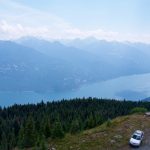
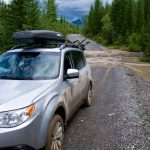
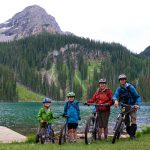
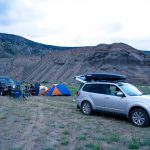


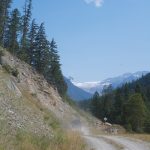
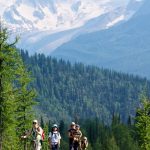
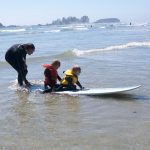
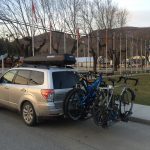
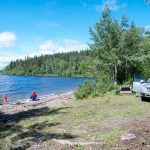
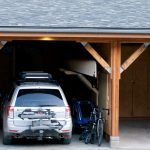
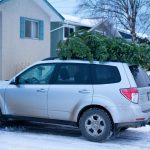

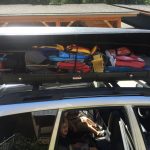

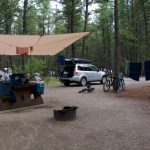
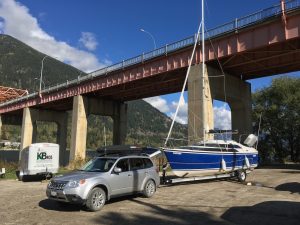
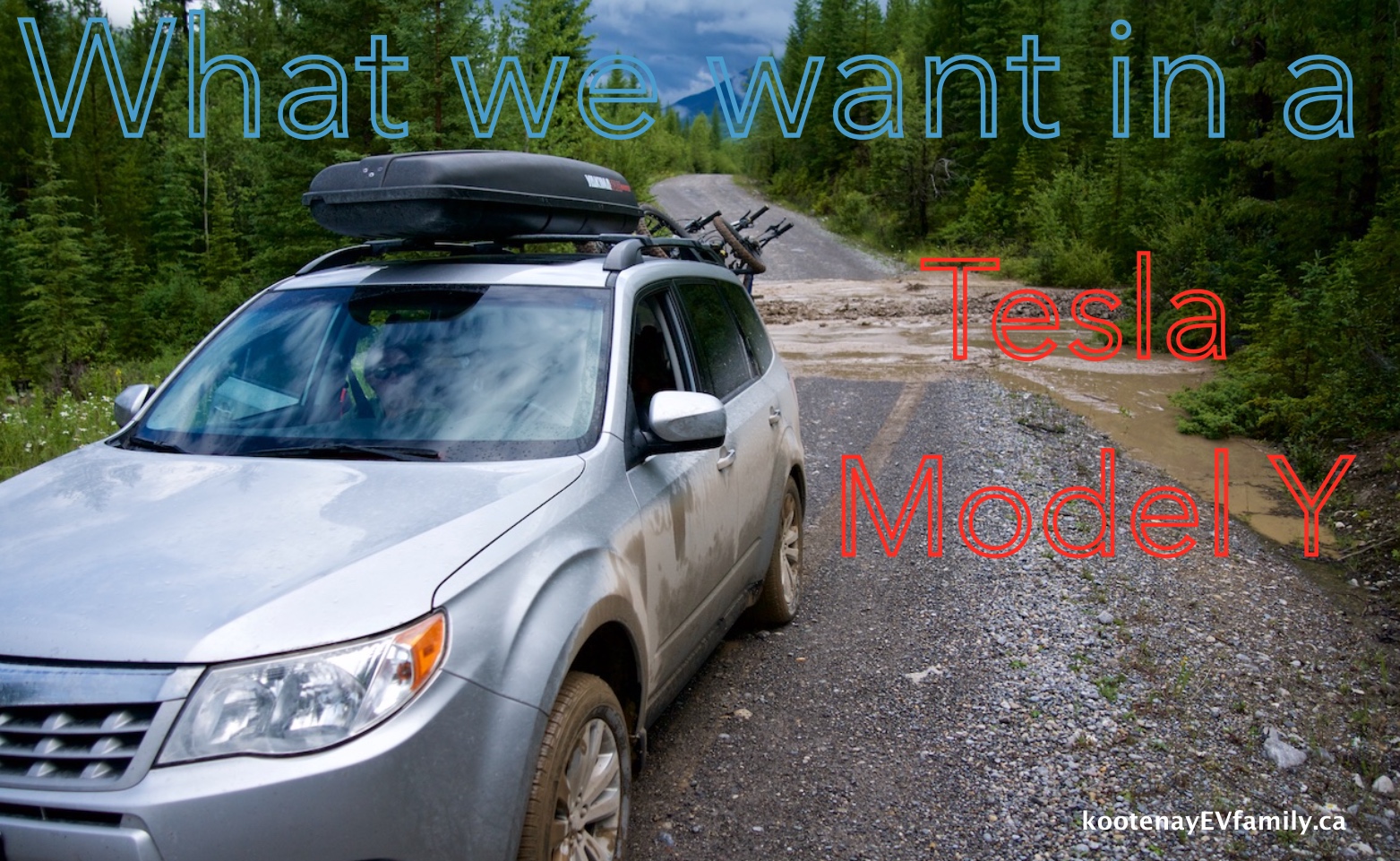
You didn’t miss much! Your wish list would make for a pretty amazing backroads adventure vehicle. One thing I would add, though, is a *very* sealed battery and motor system, just in case you do end up in water deeper than you expected.
Regen works down to around 5 km/h in the Model S, so I suspect future models will be similar. There comes a point where you just don’t have the kinetic energy left to burn off and actually generate meaningful power.
However, I suspect most of the market will be made up of urban dwellers who don’t hit the backroads very often. For that reason, I expect the Y will be quite streamlined which will impact space. Clearance may also be less than you’d like. And given the comments made the other day when the 100 kWh P100DL was announced, shoe-horning the same capacity into a smaller CUV could be a challenge. We’ll have to hope for some technical improvements of significance I think!
Something a little oddball that I’d like to see, is a thin film roll-out solar system that could be used to trickle charge the car when out beyond regular grid power. Put the ‘paper towel roll’ of solar panels in the frunk, open it up and unroll. If you could offset vampire loss and perhaps add a little to the batteries, that would be pretty nice for adventuring off the beaten track.
I like the addition of the thin film solar panel idea 🙂
Unfortunately I suspect you will be right in regards to the comments about streamlining the car. This post is my plea though 😉
So if we don’t think Tesla will take their SUV in this direction, maybe we need to get Subaru’s attention – where is their EV offering to the market anyway???
Subaru has apparently recently seen the light and will be releasing a PHEV in 2018 (http://insideevs.com/subaru-hints-at-upcoming-2018-compliance-phev/), and a full BEV in 2021 (http://insideevs.com/pure-electric-subaru-crossover-slated-for-2021-launch/). A bit late to the party though!
Pingback: 2017 starts with a bang! – Kootenay EV Family
Pingback: Cost update – 3 years and 117,000 km – Kootenay EV Family
Pingback: Cost Update – 4 Years at 153,000 km – Kootenay EV Family
Great wish list. I went back and read it after seeing your Model 3…with thoughts/fantasies of the March 2019 reveal of the Y and whether I can put down a deposit (refundable)…with a likely 2+ year wait for a Y base model…maybe.
As for your wish list, I don’t have much to add – other than that is “a Tesla” of a wish list. “Tesla” should definitely have replaced “Cadillac” in the common superlative by now! I would be ecstatic with a trimmed-down version. 2000lb towing capacity for a Boler-type trailer; 8″ ground clearance like a Crosstrek; battery sufficient for a realistic, winter highway range of 350 km.
Something between your Model Y and this: https://sonomotors.com/sion.html/ They are apparently nearing production. I like the solar panel on body panels idea but shudder to think of insurance costs…given the rise of some nasty anti-electric sentiments in parts of the country, I would be fearful of the damage a “keying” would do to these panels/cells. But the idea of a flexible solar panel is great…maybe as an optional retractable awning attachable to a roof rack…easily removable and sized to fit in the car if you’re not at some idyllic campsite…
Well, we can dream 🙂
Unfortunately I think to have a realistic winter range of 350 km you need a summer range of about 450 – 500 km (depending on temperature of the winter, and whether the car has a heat pump or not). I am excited to see the Y too, even though I won’t be getting one anytime soon now having bought the 3!
Hi, I build mass stoves and use a portable table saw with water cooling to cut my stones, as well as a bunch of smaller power tools. I carry my stuff on a double-axle trailer hitched to a small SUV. There often is no power on-site, and having a 5 kW power outlet on the ModelY would allow me to do away with the generator, which is a heavy, stinky hog… Making it a 5kW outlet should not be any problem for Tesla, but would make a world of difference to me :o)
Power output would be a fantastic ability. I suspect though that they would save this feature though for the forthcoming pickup.
Do you find the cold weather an issue with your EV? Also I’m wondering about rear wheel drive in the snow, and servicing options. I’m from Quesnel
Hi Lori – cold weather hasn’t been an issue yet in the 5 winters I’ve owned an EV. We don’t get winters quite as cold here as you do, but my folks just bought a Kona EV in PG and I don’t expect they will have any problems. (They got it in Feb 2019, so went through some decent cold weather already). You do lose some range in the winter, but for your everyday driving it is not a concern – only on long trips with big gaps between chargers.
In terms of the rear wheel drive on my Model 3, it has been just as good as any front-wheel drive car.
Servicing… I hope not to need it! For the Tesla, for anything major it would have to go to the nearest service centre, Vancouver in our case. For more minor stuff, they have “Rangers” that can come and work on your vehicle. I will definitely post anything that comes up. So far I’m at 6 months with nothing and 30,000 km – keeping my fingers crossed (and knocking on wood!)
Thanks for letting me know. I’m scared to go full electric so am looking at the audi a-3 etron sportback which is only a hybrid. Does every ev have it’s own charging appliance or are the plug in stations for your home standard across the board……….should I just bite the bullet and go full electric?! Thoughts?
Every BEV and PHEV that I know of comes with a home charger that works on standard wall outlets. These units will provide up to 60km of range in an overnight charge of about 12 hours, so many people find this is sufficient for their daily needs.
If you do go the route of a 240V dedicated home charger, any of them will work with any car.
My personal preference was to go all-in on BEVs, but I believe that PHEVs are a good stepping-stone while we are in the midst of the transition, particularly if you live in an area with little infrastructure at present, and/or your driving habits keep you within the range of the PHEV.
Lastly, if you are looking at PHEVs, my understanding is that Subaru is releasing a PHEV version of the Crosstrek this year, based on the Toyota Prius PRIME drivetrain. https://www.youtube.com/watch?v=Y9LQmGFmDT0